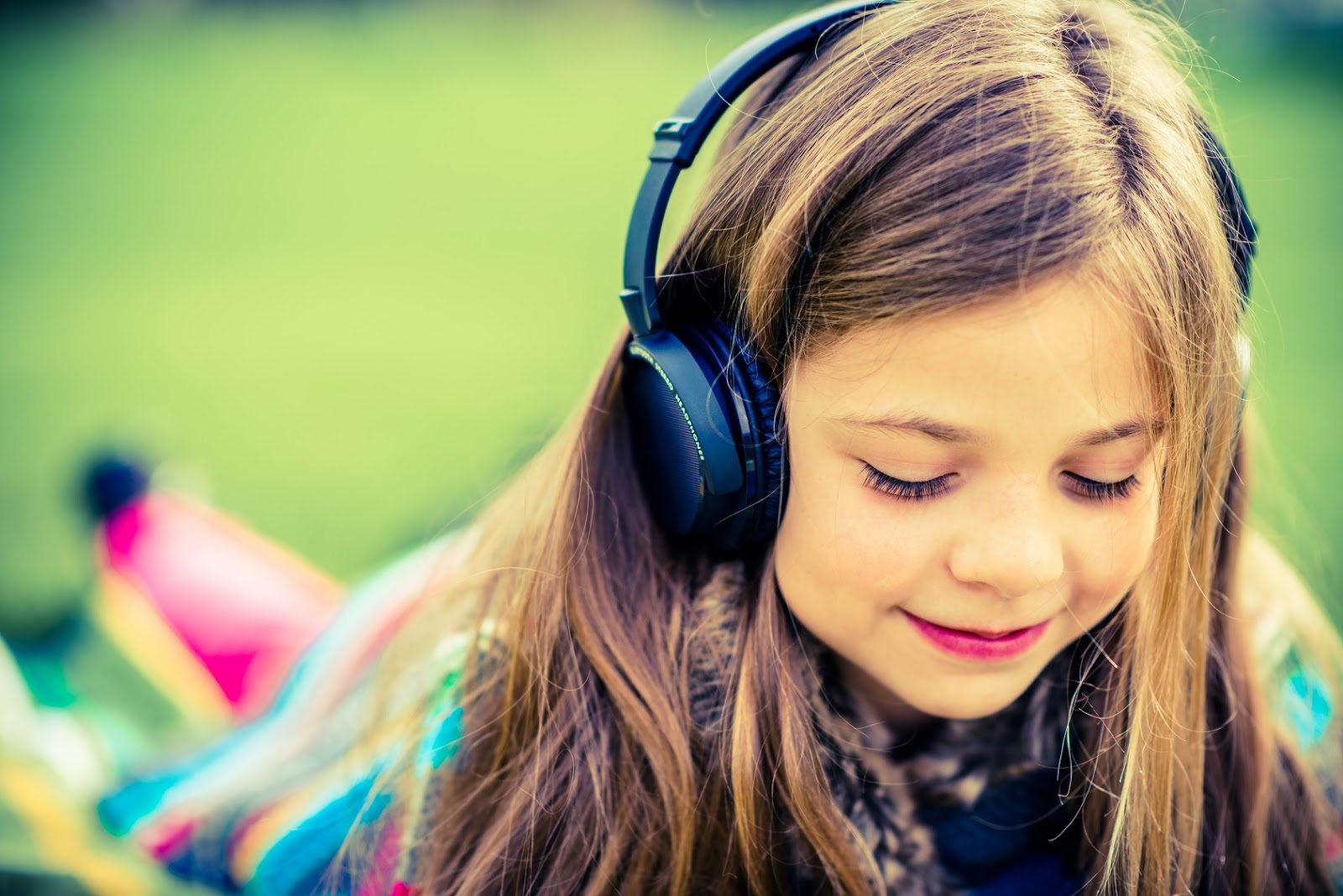We’re a family who just loves music and I think it stems from our Caribbean roots. You can find us dancing along to soca music, yes one of our specialty, and even singing along too. Music is not just about beats and rhythm but it makes a bad day better at times. Have you ever heard a song that just bought back great memories? It’s simply amazing!
Our senses are something we all take for granted. The miracle of sight, sound, and touch and the science behind them are things that enhance the human experience the more we consciously acknowledge them. As children grow, teaching them both the science and beauty of their senses will prepare them for a life filled with a sense of wonder. Here are 7 fun ways to teach kids about sound and encourage them to be inquisitive about the world around them and their sensory connection to it.

1. Take Them to a Visual Exhibition and Have Them Focus On Sound
Show your kids how sometimes we forget about the dormant senses when we’re directed to focus on active ones. Take them to an aquarium or zoo and have them focus on what they hear instead of what they see. What they’ll discover is that the sound of the experience is as powerful as the sights. Directing your kids to focus on the audio work of a visual exhibit will give them a nuanced perspective on sound.
2. Expose Them to High-Fidelity Audio
Audio quality has never been taken more for granted than it is today. With the advent of digital music, many young people have gone their whole lives without hearing music through a high-fidelity sound system. Invite your child to listen to one of their favorite songs through some cheap earphones, then the same song through some high-quality audio equipment. The difference will help your child to appreciate the ability their ears have to make quality audio come to life.

3. Show Them How a Record Player Works
Go a step further and show your child a genuine phonograph record player up close. Chances are it’ll be something completely foreign to them and give them a new perspective on sound. Show them the needle running on the grooves of the record and explain to them how it all works. Draw a picture of a sound wave for a visual cue and explain to them that vinyl manages to make an exact mirror copy of the soundwaves, where the sound that comes from their digital devices only takes small snapshots of the wave and puts them together. By the end of your demonstration, your child may ask you to take them to the record store.
4. Show Them A Simple Sound-Wave Experiment
Further your child’s understanding of sound waves with a fun experiment. Cover a bowl with some saran wrap. Make sure the plastic is tight across the top to the point of being flat and smooth. Secure the wrap with a rubber band, then sprinkle some pepper on top of it. Then start making noise. When your child sees that the noise is causing the pepper to move, explain that it’s the vibration of the sound waves that are doing it.

5. Give Them A Tour of the Ear
Find or draw a diagram of the ear and give your child an insider look. Label each part of the ear and describe its function. Follow up later to help your child retain the information. With a deeper understanding of the ear, your child will appreciate the intricacies of the organ that allows them to hear.
6. Teach Them About The Science of Their Own Voice
Have your child place their finger on the bulge of their throat and start singing. When they feel the vibration, explain that it’s the vocal chords coming together and causing the air to vibrate. Then have your child experiment with their voice, singing high and then low and feeling the difference in the vibrations. This will give your child an added appreciation and understanding of sound through the physical wonders of their own voice.

7. Encourage Them to Do Their Own Research
Once your child has experienced sound and learned about how it works, encourage them to do their own research. Introduce them to some kid-friendly websites and other research avenues to find out more about sound and share their findings. Children learn much better when they start to do it on their own. Let your shared adventures with sound be a model for further discovery.
